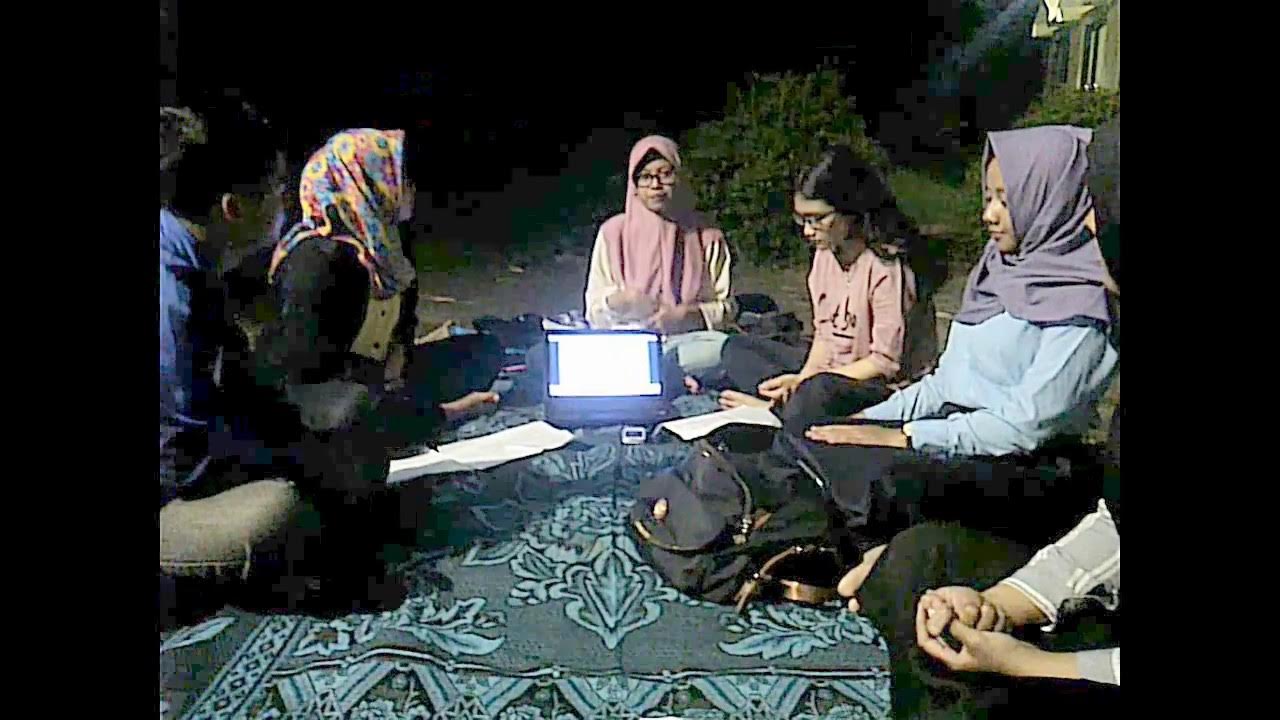Giving and Receiving Directions in Italian
Summary
TLDRProfessor Dave's tutorial focuses on essential Italian phrases for tourists, particularly for asking and understanding directions. Key phrases include 'dov'è?' for 'where is?' and variations for nearby locations. Formal requests and expressions like 'Mi sono perso' for getting lost are covered. The tutorial also introduces phrases for common destinations such as shopping centers, historic centers, police stations, hospitals, and public restrooms. It concludes with inquiries about distance and cardinal directions, preparing learners to navigate Italy effectively.
Takeaways
- 🗣️ Learning basic Italian phrases is essential for effective communication during a visit to Italy.
- 🧭 The phrase 'dov’è?' is used to ask 'where is?', combining 'dove' (where) and 'è' (is).
- 🏢 For finding specific places, knowing variations of 'dov’è?' can help in asking if something is nearby.
- 👨🏫 A more formal way to ask for directions can be useful, especially when interacting with local authorities or in formal settings.
- 🚶♂️ If lost, saying 'Mi sono perso.' can help you get assistance from locals.
- 🛍️ Common places to ask for include 'il centro commerciale' (shopping center), 'il centro storico' (historic center), and other essential locations.
- 🚓 In emergencies, knowing the terms 'la centrale di Polizia' (police station) and 'l’ospedale' (hospital) is crucial.
- 🚾 For less urgent needs, 'un bagno pubblico' (public bathroom) might be a phrase you'll need.
- 📏 Asking 'È distante?' or 'È vicino?' can help you gauge the distance to your destination.
- 🧭 Cardinal directions 'Nord', 'Sud', 'Est', and 'Ovest' (North, South, East, and West) are important for understanding directions.
- 🏞️ Understanding how to ask for and follow directions is a key step towards exploring Italy with confidence.
Q & A
What is the basic Italian phrase for asking where something is?
-The basic Italian phrase for asking where something is 'dove è?' which is a combination of 'dove' meaning 'where' and 'è' meaning 'is'.
Are all Italians fluent in English according to the script?
-No, the script mentions that many Italians speak some English, but not all.
What is the phrase you can use if you are lost and need help in Italy?
-If you are lost, you can say 'Mi sono perso' which means 'I am lost'.
What might be a reason for learning basic Italian phrases before visiting Italy?
-Learning basic Italian phrases can help you get around and enjoy your visit more effectively, since not all Italians are fluent in English.
What type of place might you be looking for if you want to shop in Italy?
-If you want to shop in Italy, you might be looking for 'il centro commerciale' which means 'the shopping center'.
How do you ask if a place is near in Italian?
-You can ask if a place is near by saying 'È vicino?'
What is the Italian term for the historical center of a city?
-The historical center of a city in Italy is referred to as 'il centro storico'.
What phrase would you use to inquire about the distance to a location in Italian?
-To inquire about the distance to a location, you can ask 'È distante?'
Which cardinal directions are used in Italian to give directions?
-The cardinal directions used in Italian to give directions are 'Nord' (North), 'Sud' (South), 'Est' (East), and 'Ovest' (West).
What could be a less urgent place you might be searching for in Italy?
-A less urgent place you might be searching for in Italy could be 'un bagno pubblico' which means 'a public bathroom'.
What is the formal way to ask for directions in Italy as mentioned in the script?
-The script suggests that a more formal way to ask for directions could involve using phrases that indicate whether something is or is not nearby, although specific formal phrases are not provided.
Outlines

このセクションは有料ユーザー限定です。 アクセスするには、アップグレードをお願いします。
今すぐアップグレードMindmap

このセクションは有料ユーザー限定です。 アクセスするには、アップグレードをお願いします。
今すぐアップグレードKeywords

このセクションは有料ユーザー限定です。 アクセスするには、アップグレードをお願いします。
今すぐアップグレードHighlights

このセクションは有料ユーザー限定です。 アクセスするには、アップグレードをお願いします。
今すぐアップグレードTranscripts

このセクションは有料ユーザー限定です。 アクセスするには、アップグレードをお願いします。
今すぐアップグレード関連動画をさらに表示

ASKING AND GIVING DIRECTION IN HOSPITAL. English Vocabulary in Hospital. Learn English.

LET'S LEARN HOW TO ASK AND GIVE DIRECTION!

Direct Method in Teaching English - real practice in the classroom

100 Words You Should Know When Coming to the Netherlands | Super Easy Dutch 20

Asking for and giving directions: English Language

Not Afraid to Ask for Directions | Brain Games
5.0 / 5 (0 votes)
